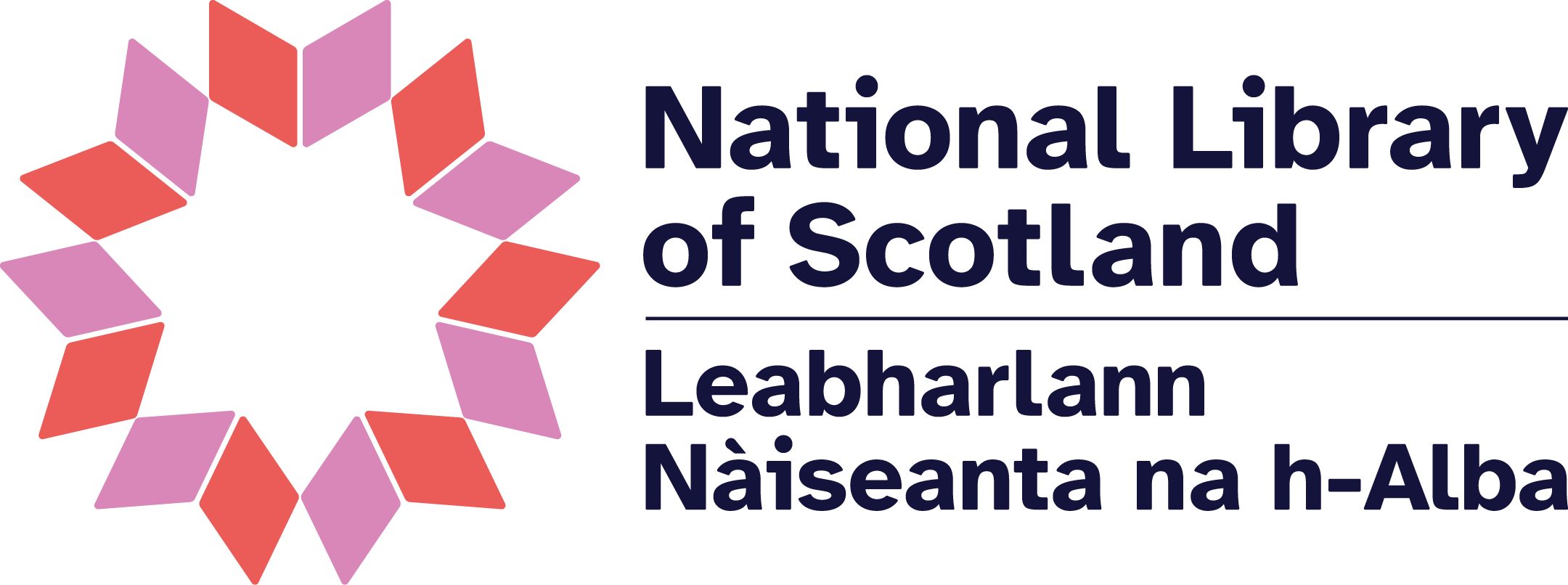
National Library acquires first-ever Broons annual
The National Library of Scotland has added the last piece to its collection of Broons annuals, just in time for Christmas.
Library curators have been searching for the elusive 1939 first edition for at least a decade, only for a copy to appear on a bookseller’s website a few months ago.
Sport, Leisure and Newspapers Curator Ian Scott arranged the purchase for the national collections. He said:
“We’re really pleased to have found this first edition – the Broons annuals are some of the most important publications in 20th century Scotland. They have had enduring appeal since their inception in 1939, which makes them a publishing phenomenon. These iconic characters, aside from subtle changes to their clothing and technology use, still haven’t changed much in the 80-plus years they’ve been landing in Scottish households at Christmastime. Which is a major achievement for any publication.
“‘The Broons’ still has a large readership because even today, you can buy a copy from major retailers, who wouldn’t stock them unless they were guaranteed to sell a considerable number. Their enduring popularity can be put down to the multi-generational appeal. ‘The Broons’ addresses, in quite a gentle way, generational conflict. In these modern times where societies and cultures are so fragmented, publications that gently chip away at generational conflict and other societal constructs such as class can bring a level of comfort to readers aged 8 to 80."
Initially, the Broons books and comics were not collected by libraries chiefly because they are distributed via newsagents rather than bookshops. This, coupled with the fact that these publications are deemed ephemeral and therefore discarded, means the earlier editions rarely made their way to collecting institutions such as the National Library of Scotland.
Since the 1940 edition (which was published in 1939), ‘The Broons’ annual has appeared every two years, alternating with the ‘Oor Wullie’ annual. There was a small gap in 1944 and 1946 due to paper shortages, during which time D C Thomson released Broons jigsaws. Otherwise, it has remained a biannual publication until the present day. On the 80th anniversary of the first Broons book, D C Thomson published ‘The Broons’ and the ‘Oor Wullie’ annual in the same year, but that was an exception.
Mr Scott attributes their instant popularity and enduring appeal to many facets, but primarily the Broons’s relatability.
“The tenement flats, the neighbourhood streets and nearby countryside are relatable to readers all over the country. It replicates the lives people have, the places they live in, and the language they speak. ‘The Broons’ is written in Scots, which is unusual for a big mainstream publication.”
He added:
“‘The Broons’ is never fashionable and a wee bit behind the times. But in a way, that’s where most people live their lives. It’s a magical formula, this unchangingness means it can never be out-of-fashion. It is current and nostalgic at the same time, which has a very strong appeal.”
The first Broons annual – which is the only known copy in a public collection in Scotland – will be displayed in the ‘Treasures of the National Library of Scotland’ exhibition in 2024 at George IV Bridge, Edinburgh. Anyone with National Library membership – which is free – can view these comics and annuals at the Library’s reading rooms.
Contact Information
Notes to editors
The Broons
‘The Broons’ first appeared in 1936 in the ‘fun section’ of the ‘Sunday Post’, a newspaper by D C Thomson. ‘The Broons’ and ‘Oor Wullie’ first appeared in March 1936 in the same week. In 1939, D C Thomson realised they had enough for a book, and gathered the comic strips together into an album. Thus the first annual was born.
‘The Broons’ and ‘Oor Wullie’ were created by the same two men – R D Law and W D Watkins. R D Law was Head of Juvenile Publications at D C Thomson until 1974.
The ‘fun section’ of the ‘Sunday Post’ had been a huge success since 1936. It led to the launch of ‘The Dandy’ in 1937, where the same team created ‘Desperate Dan’. The following year, they created ‘The Beano’.
‘The Broons’ annual is a popular gift to send to relatives overseas. Outside of Scotland, ‘The Broons’ is well-known among Scottish diaspora in places such as Canada and Australia. Hear Grant Stott and Sanjeev Kohli speaking about the importance of ‘The Broons’, including its international impact, on the ‘Treasures of the National Library of Scotland’ podcast.
The National Library of Scotland
The National Library of Scotland is a major European research library and one of the world’s leading centres for the study of Scotland and the Scots – an information treasure trove for Scotland’s knowledge, history and culture.
The Library’s collections are of international importance. Key formats include rare books, manuscripts, maps, photographs, music, moving images and official publications.
The Library holds more than 30 million physical items dating back more than 1,000 years as well as a growing library of digital material. Every week the Library collects around 5,000 new items. Most of these are received under Legal Deposit legislation, which allows the Library to claim a copy of everything published in the UK.
